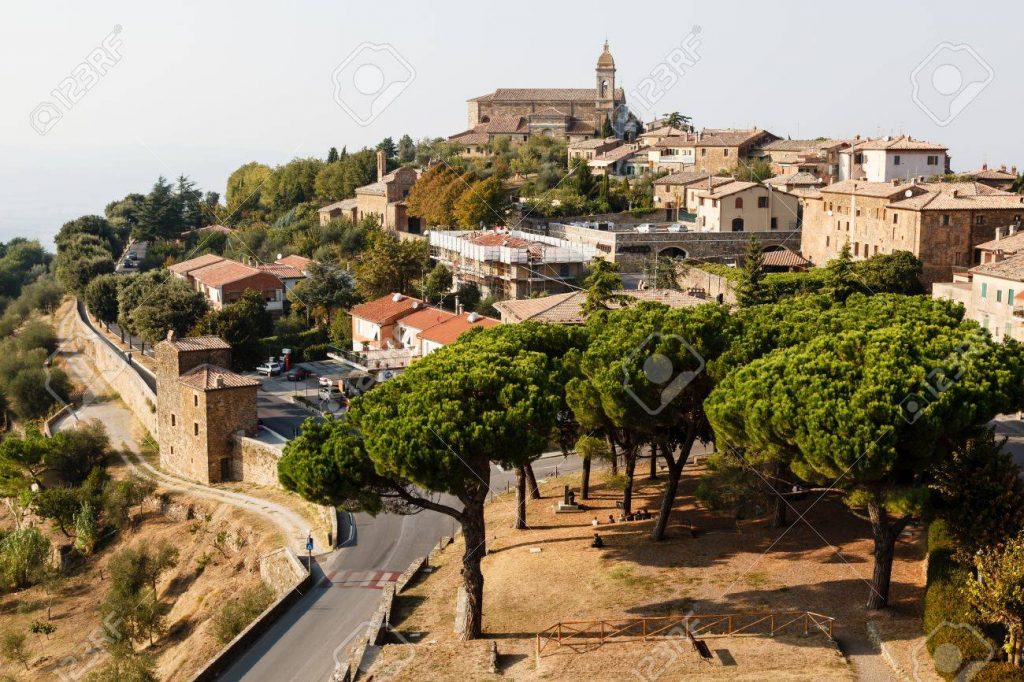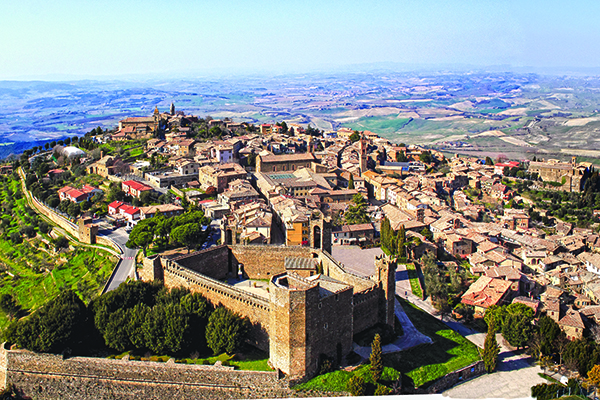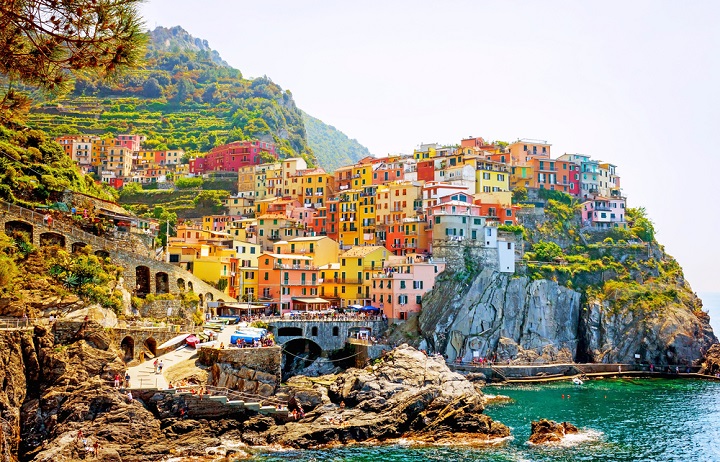Montalcino looks like a 16th century fairy tale hilltop town, a beautiful village immersed in the breathtaking Val d’Orcia Natural Park, renowned all over the world for the production of its precious Brunello red wine. The town takes its name from a variety of oak tree that once covered the terrain. During medieval times the city was known for its tanneries and for the shoes and other leather goods that were made from the high-quality leathers that were produced there. The number of producers of the wine has grown from only 11 in the 1960s to more than 200 today, producing some 330, 000 cases of the Brunello wine annually.
The town has been made incredibly rich and famous by its Brunello wine, one of the world’s best and most appreciated Italian wines. Montalcino was already well-known for its fine red wines during the 15th century. However, the precious formula of the fantastic Brunello was invented in 1888 by Ferruccio Biondi Santi(learn more about the Biondi Santi family and Brunello wine), who first had the idea of leaving out the grapes used in the traditional Chianti recipe, such as Canaiolo and Colorino, and using only the Sangiovese variety. Before the Brunello is ready, it must age for a minimum of 5 years, 2 of which must take place in oak barrels, while the Rosso of Montalcino is ready after only one year of aging. Amongst the many renowned wine producers in the area you will find Biondi-Santi, Schidione and Banfi.

Montalcino – Top Attractions
The fortress(Rocca) – built in 1361 to mark the passage of Montalcino under the domination of Siena. The fortress was built at the highest point of the town in 1361, on a pentagonal plan designed by the Sienese architects Mino Foresi and Domenico di Feo.
The clock tower(Town Hall)
The streets of Montalcino with their stone pavements.
The Duomo (cathedral) – originally built in the 14th Century, but it now has a neo-classical appearance thanks to extensive renovation work done in the early 19th century under the direction of Sienese architect Agostino Fantasici.



